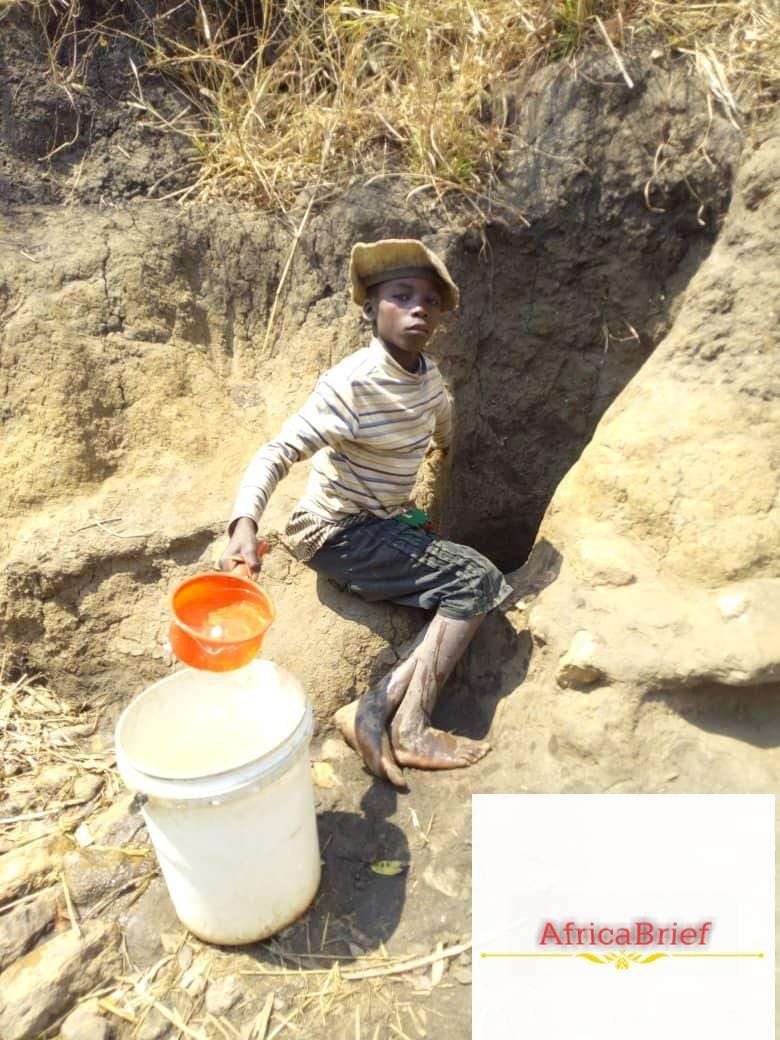Malawi's Burgeoning Debt Crisis Deepens Amid Economic Turmoil
Over just nine months from March to December 2023, the impoverished nation's total public debt rocketed by 41.8% to reach K13.1 trillion ($7.8bn)
LILONGWE, Malawi— From the burnt brick townships of Lilongwe to the rutted roads of the rural heartlands of Chinkhwiri village in Dowa district, the weight of Malawi's unsustainable debt burden is becoming ever harder to ignore, according to official figures reviewed by AfricaBrief’s Winston Mwale.
Over just nine months from March to December 2023, the impoverished nation's total public debt rocketed by 41.8% to reach K13.1 trillion ($7.8bn)
This dire assessment comes from a presentation by Richard Kaudzu, Deputy Director of Debt and Aid at the Ministry of Finance and Economic Affairs, during a workshop organized by the Malawi Economic Justice Network and AFRODAD.
"Total Public Debt as at end-December 2023 was MK13.1 trillion or 85% of GDP," said Kaudzu.
"It increased by 42% since end-March 2023."
This worrying spike was driven by a perfect storm of factors.
Kaudzu said the key variables influencing the dynamics of Malawi's public debt as of end-December 2023 were the exchange rate realignment that increased the value of external debt expressed in kwacha, increased borrowing to cover budget deficits, the primary deficit before interest payments, the real interest rate reflecting borrowing costs adjusted for inflation, the growth rate of the economy, and the existing stock of debt from previous periods.
Kaudzu explained that these six variables - the exchange rate, borrowing for deficits, primary deficit, real interest rates, economic growth, and previous debt levels - collectively contributed to shaping Malawi's public debt dynamics that saw total debt reach an unsustainable 85% of GDP by the end of 2023.
The exchange rate realignment alone contributed significantly by inflating the kwacha value of external debt denominated in foreign currencies like the U.S. dollar, according to Kaudzu's presentation.
External debt reached $4.2 billion by year-end 2023, a 5.6% increase, while domestic debt climbed 17.4% to MK6.1 trillion over the same period.
The depreciating Malawian kwacha plunged 64% against the dollar between March and December.
Kaudzu’s presentation detailed how unbalanced finances and economic instability can rapidly escalate borrowing to crisis levels.
Kaudzu also presented Malawi's new Medium-Term Debt Management Strategy for 2022-2026.
The strategy considered four alternative borrowing approaches before settling on a plan to "diversify external sources" by maximizing low-cost, concessional external financing.
"This strategy presented lower risks associated with refinancing maturing debt," Kaudzu noted.
However, he cautioned that the high proportion of foreign currency debt "presented higher risks associated with exchange rate fluctuations."
According to projections from the International Monetary Fund and World Bank, Malawi's debt burden will remain elevated over 60% of GDP through 2027 under the new strategy.
External debt service costs are also expected to consume over 10% of export revenues and government revenues for several years.
"The lack of liquidity on the domestic debt market and an unstable macroeconomic environment with high inflation have undermined implementation of our debt strategy so far," Kaudzu admitted.
The two-day workshop, funded by the Gates Foundation, trained members of Parliament's Budget and Finance Committee and the SADC Parliamentary Forum on debt issues.
It aimed to equip them with knowledge to scrutinize the government's debt management policies and annual borrowing plans more effectively.
As Malawi's debt obligations mount, oversight from Parliament and involvement of civil society groups like MEJN and AFRODAD will be crucial to ensuring accountability and sustainable debt policies. Otherwise, the nation risks a potential debt crisis in the years ahead.




